A home can turn out to be a surprisingly dangerous place if some obvious signs of caveats go unnoticed for days. The damage could be immediate and one-time or slow having far-reaching effects. To know how healthy is your home, you must be vigilant enough and run visual checks from time to time or opt for a home inspection for an expert assessment. A home inspection is capable of identifying every household hazard that can compromise your family’s safety and saves you from possible disasters.
Here are 7 common household hazards that you must watch out to avoid future damages:
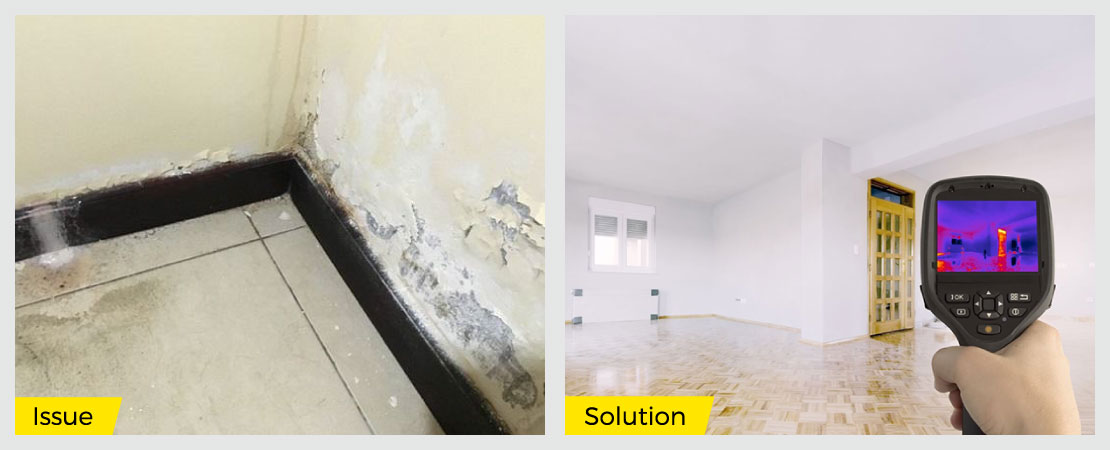
1. Excess Moisture < Condensation < Damp
Damp is the silent monster that damages the structural integrity of a building. It creates unsightly patches on ceilings and walls, causes floor tiles and wall tiles to bulge at places and timber fittings to loosen over time. But damaged aesthetics is not the only side-effect of damp. It has a significant adverse effect on Human Health. It has a multiplier effect, the root cause of which lies in excess moisture generation inside the house. How is this excess moisture generated? – There are multiple ways and these are the real hazards for which you must stay alert:
- High atmospheric humidity and poorly insulated walls
- Plumbing failures leading to leakage/ seepage
- Poorly fitted window frames and panes which can let in rainwater
- Ponding or water stagnation on roofs or bathrooms due to wrong sloping of the floor, clogged drains, etc.
- Construction defects leading to water penetration
Excess moisture leads to excessive condensation, which in turn results in a damp attack.
What can be done to prevent damp hazard?
- Damp proofing is the ultimate long-term prevention against moisture decay. Generally, at the time of construction, a preventive damp-proof course is installed at the base of the walls to prevent rising damp from damaging the wall fabric. If you still notice any signs of damage on the walls (especially, in the ground floor) you must consider a corrective damp-proofing but not before a proper damp assessment.
- Repairing plumbing leaks on an urgent basis.
- Waterproofing the ceiling.
- Ultimately, the objective should be to find the source of the problem for long term solution.
However, as we said, ruined aesthetics is just one of the numerous damages that are caused by damp. Dampness also leads to uncontrolled growth of disease-causing microorganisms and may cause accidents from short circuits in the concealed electrical wiring system of a house.
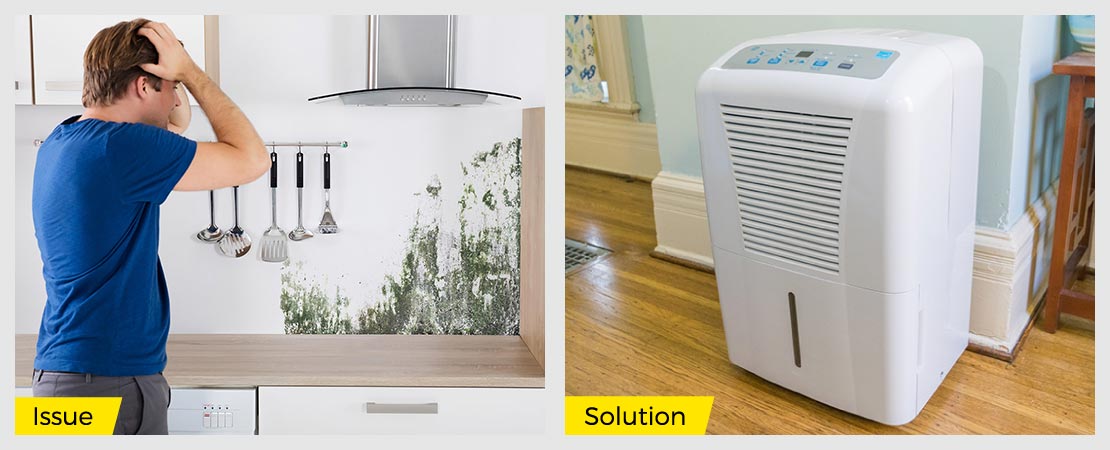
2. Algal and fungal attack
Generally misunderstood as condensation, the dark spots in your roofs are much more serious problem- algae. These are micro-organisms that grow in colonies in a damp environment. In a humid climate, especially in neighbourhoods with plenty of shade and trees, blue-green algae are seen growing on rooftops. Inside the house, fungal growth can be noticed on old, decaying furniture. Black spots of moulds though rare in Indian homes are also an obvious effect of damp. Moulds pose as a serious health threat for house inmates as they cause allergy, asthma, and skin diseases.
How to prevent fungal growth?
Proper cleaning and drying, preceded by water removal, is the only solution to prevent algae and fungal growth. But this activity should not be taken as a one-off task. You must repeat after every heavy shower or at least, after the monsoon so that the damp effect is reduced to the lowest. Using dehumidifier at home also helps to keep indoor moisture under check.
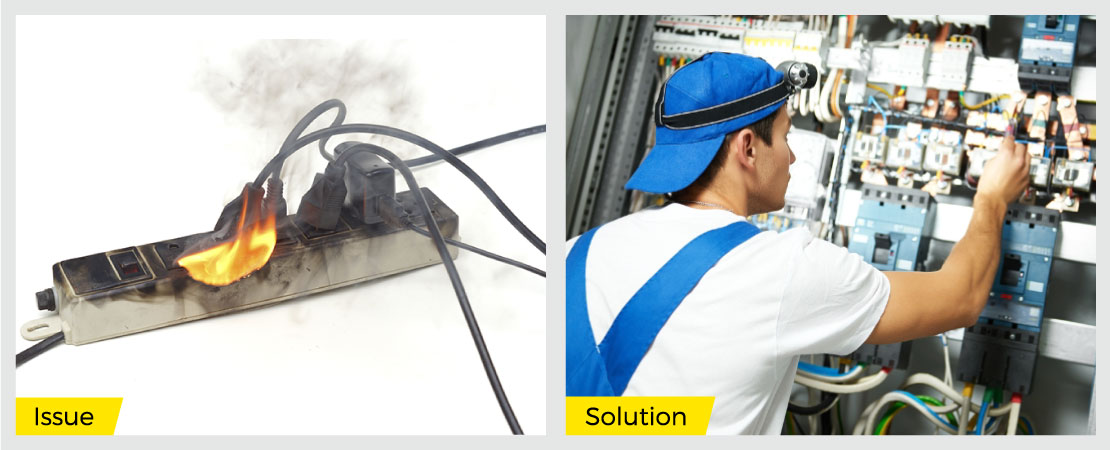
3. Fire hazard
Fire is the biggest killer among all home accidents and there could be multiple causes of fire. The most common causes are – gas cylinder leakage, a problem in the air conditioning unit, short circuit, water in the concealed electrical wiring system of the house.
How to minimize the risk?
- Have your electrical system checked by a home inspection team
- Ask your LPG delivery person to check the cylinder for any leakage
- Turn off the knob of the cylinder when you’re not cooking
- Switch to UPVC sheets from asbestos for driveways and roofing. Asbestos is both toxic as well as flammable
- Consider installing a smoke detector in your house
Follow other standard safety rules to prevent a fire1 in your home.
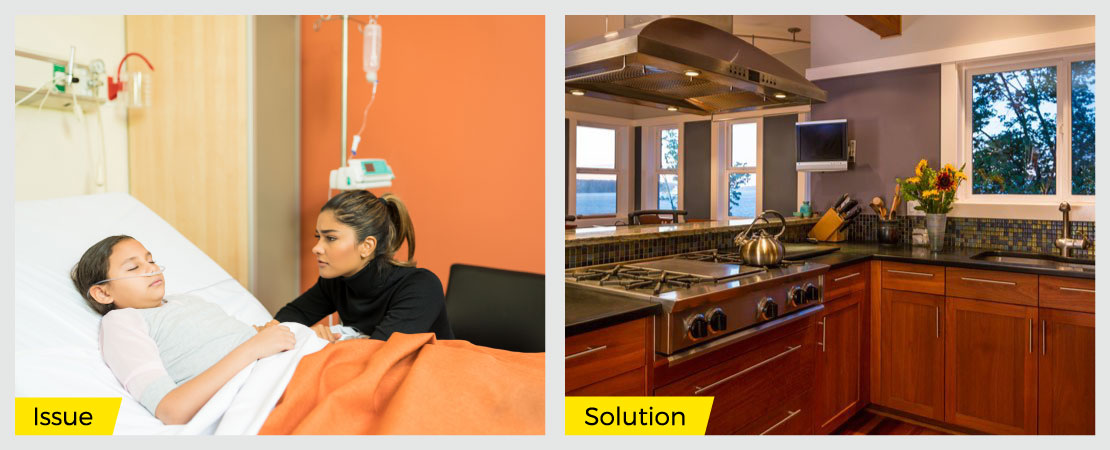
4. Lead-based paint
Doctors refer to lead poisoning as ‘silent epidemic’. The human body cannot digest and excrete lead. So, long-term exposure to lead and its deposition in the body can cause serious damage to health, especially in infants and pregnant women. Paint is one of the many household products that contain this toxic element as pigments. Lead makes paint durable, moisture resistant, and helps in quick drying. But at the same time, it exposes inmates to serious health threats such as anaemia, learning and cognitive disability in children, and birth defects, etc.
Choose lead-free paint for a healthy & happy home
In India, nowadays, many major paint brands like Asian Paints, Berger Paints, and Kansai Nerolac are making lead-free paint2. If your house is old, consider repainting it, using products manufactured by these companies. You may also consider using their damp-proofing paint solutions3 if there is a damp problem. But before going in for any investment, get the hazard assessment done through a home inspection.
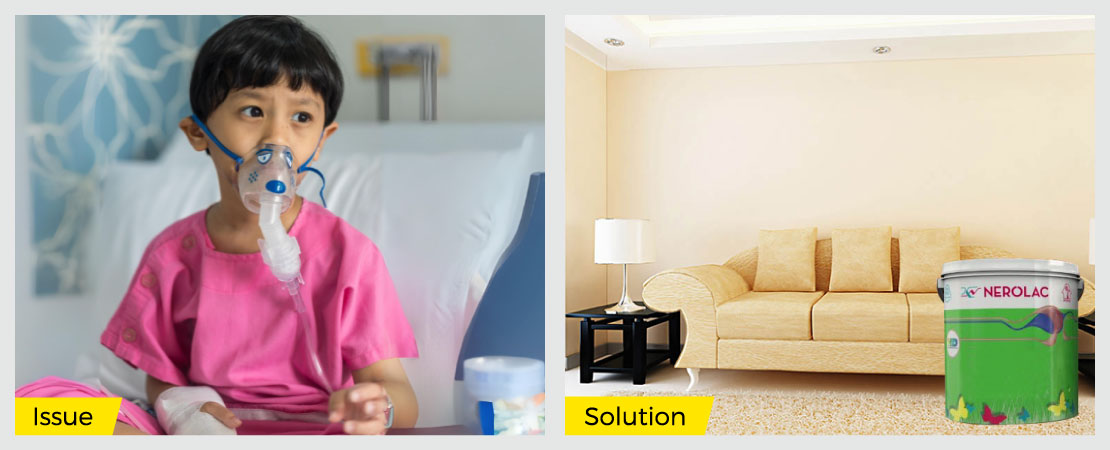
5. Carbon Monoxide
The by-product of combustion, carbon monoxide is a poisonous gas, having no smell or taste. Common household items like gas fires, oil-burning furnaces, portable generators, charcoal grills increase the risk of exposure to this poisonous gas. Frequent CO exposure can cause long-term problems including congestive heart and failed renal system, etc. CO binds to haemoglobin over 200 times more easily than oxygen. So, oxygen doesn’t find space to get into the haemoglobin. As a result, cells become oxygen-starved leading to death- a condition called CO poisoning.
CO leaks can be prevented by keeping appliances in good working condition. Besides, you must also keep your room well ventilated, use kitchen chimney, and stop using charcoal in an indoor barbecue.
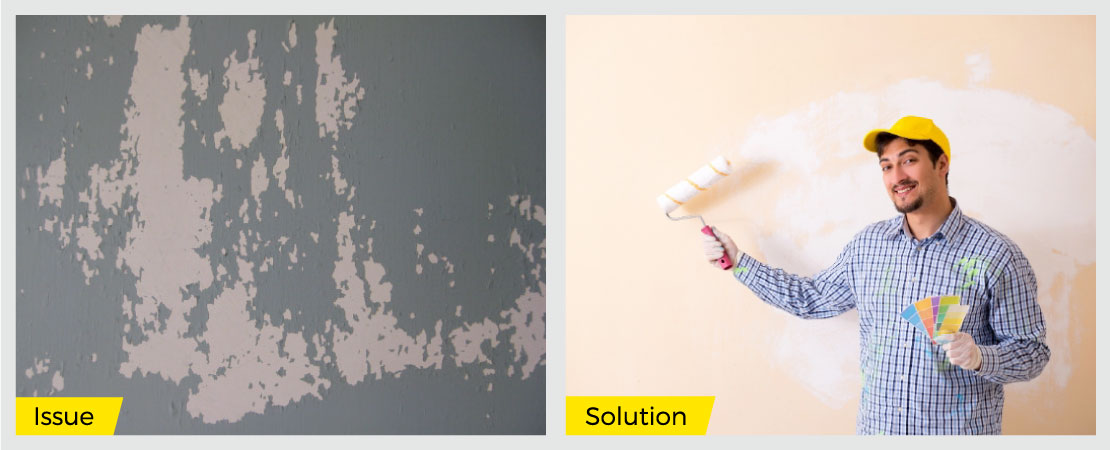
6. Mud cracks, alligatoring, and other paint hazards
Limited tolerance of paint or asphalt to thermal expansion and contraction produces alligatoring4, a pattern of cracks resembling alligator skin. When left unattended, these cracks widen up to let in water from outside. Natural ageing of oil-based paints due to temperature fluctuation and other application errors may lead to alligatoring.
What can be done?
Alligatoring on painted walls can be repaired by removing the old paint and repainting them all over again. It is easy to find a remedy for such a hazard but you must get to the root cause behind it. And for that, a home inspection is the best solution.
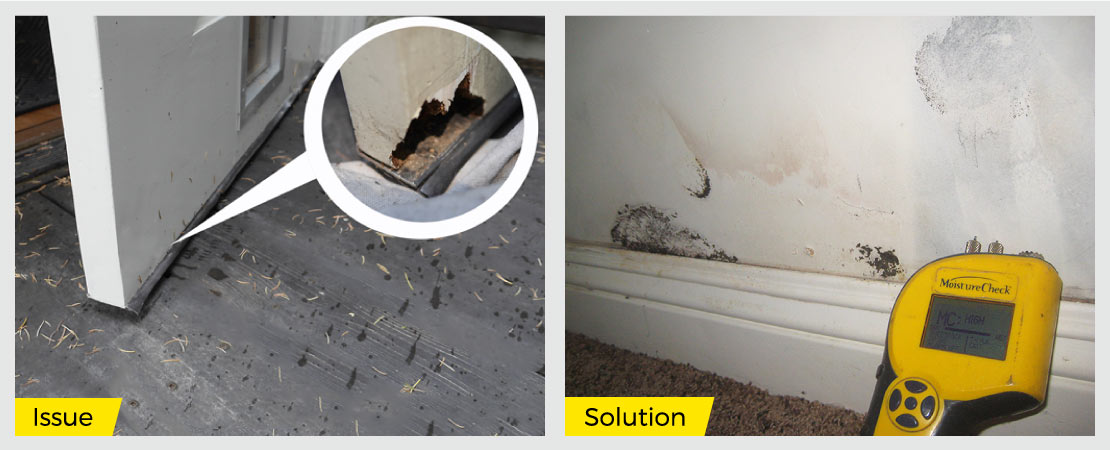
7. Decay
The disintegration of wood can be a real household hazard as it leads to fungal growth. You can easily identify a decaying wooden product5 in your home but what you may not gather is the cause behind it. The decay may set in due to many reasons. One reason could be the quality of the wood and the polish on it. The other reason has to be high moisture content of the house. To ascertain which one is the real cause, you must get seek an expert’s opinion. Home inspectors use moisture meters and other advanced technology devices to assess the moisture level of your home. They also throw light on small but important things like the ideal gap between walls and the furniture and extent of the decay, etc.
Maintaining a safe and secure environment in your home where you and your family can live without fearing any hazard is a basic priority. Sometimes you can ensure that and sometimes you cannot. Also, a DIY project is not always a feasible option. So, you must consult a professional if it demands so. Hire a home inspector and get your home checked for all sorts of hazard for we all know: A stitch in time saves nine.
Reference links used:
- https://www.redcross.org/get-help/how-to-prepare-for-emergencies/types-of-emergencies/fire.html
- https://www.asianpaints.com/content/ap/hi/home/green-assure.html
- https://www.bergerpaints.com/imaginecolours/decor-culture/damp-proofing-freedom-damp-walls
- https://www.dulux.com.au/how-to/general/paint-problem-solver/exterior-paint-problem-solver/alligatoring
- https://www.permachink.com/blog/all-about-wood-decay-and-how-to-prevent-it

